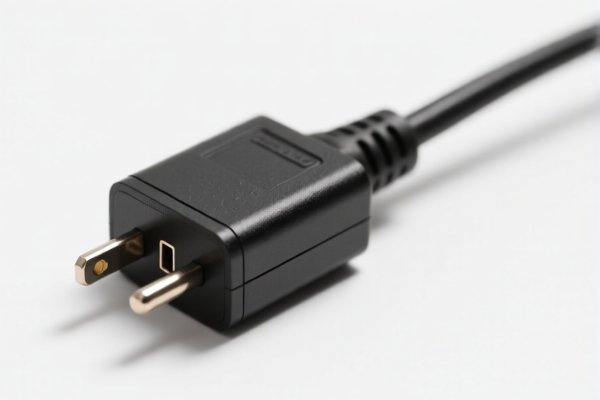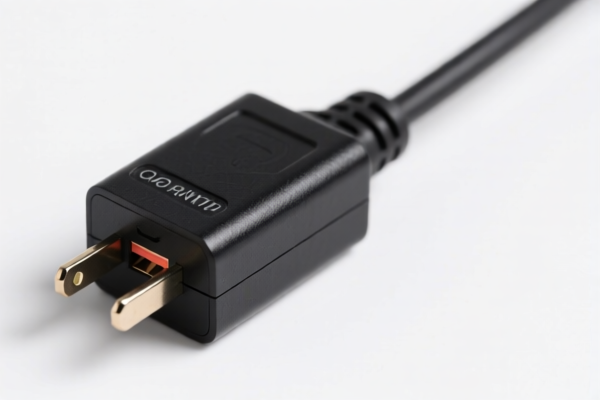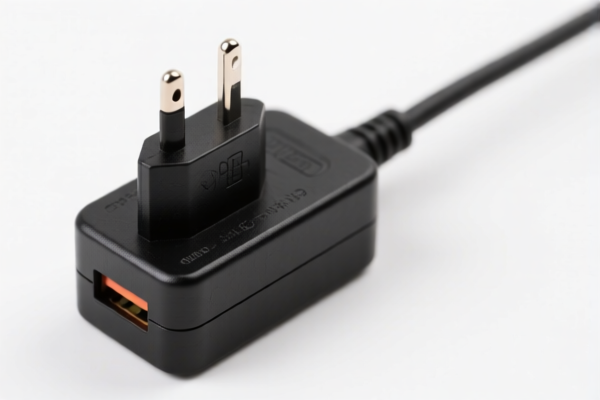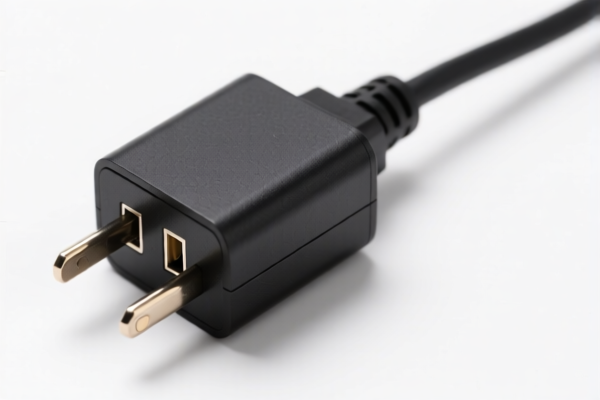| HS Code | Official Doc | Tariff Rate | Origin | Destination | Effective Date |
|---|---|---|---|---|---|
| 8536100020 | Doc | 57.7% | CN | US | 2025-05-12 |
| 8536100040 | Doc | 57.7% | CN | US | 2025-05-12 |
| 8548000000 | Doc | 55.0% | CN | US | 2025-05-12 |
| 7307995015 | Doc | 84.3% | CN | US | 2025-05-12 |
| 7307995045 | Doc | 84.3% | CN | US | 2025-05-12 |
| 7326908688 | Doc | 82.9% | CN | US | 2025-05-12 |
| 7326908688 | Doc | 82.9% | CN | US | 2025-05-12 |




Quick Connect Adapter
A quick connect adapter (often abbreviated as QCA) is a coupling mechanism designed for rapid connection and disconnection of fluid or gas transfer lines. These adapters facilitate fast changes of tools or components in systems requiring frequent connections and disconnections, minimizing downtime and simplifying operations.
Material
QCAs are manufactured from a variety of materials depending on the application's requirements:
- Brass: Common for general-purpose applications involving air, water, and low-pressure fluids. Offers good corrosion resistance and machinability.
- Stainless Steel: Used in applications requiring high corrosion resistance, high pressure, or compatibility with aggressive fluids. Grades 304 and 316 are typical.
- Aluminum: Lightweight and suitable for applications where weight is a concern, often used with air lines.
- Plastic (Polypropylene, Nylon, etc.): Used in low-pressure applications, often for chemical transfer or where electrical isolation is needed.
- Carbon Steel: Used in high-pressure applications, typically with coatings to prevent corrosion.
Purpose
The primary purpose of a QCA is to enable:
- Fast Tool Changes: Quickly switch between different tools or components without the need for threading or tightening.
- Simplified Fluid Transfer: Connect and disconnect fluid lines easily, reducing spills and leaks.
- Increased Efficiency: Minimize downtime associated with connecting and disconnecting components.
- Improved Safety: Reduce the risk of accidental disconnection due to vibration or pressure fluctuations.
Function
QCAs function by utilizing a locking mechanism, typically a spring-loaded ball bearing or cam lever, to secure the connection between the male and female components.
- Male Connector: Features a protruding section with grooves or ridges.
- Female Connector: Contains the locking mechanism that engages with the male connector.
- Locking/Unlocking: Pushing the male connector into the female connector and releasing it causes the locking mechanism to engage. A release sleeve or button disengages the locking mechanism, allowing for disconnection.
Usage Scenarios
- Pneumatic Tools: Connecting air hoses to impact wrenches, drills, grinders, and other pneumatic equipment.
- Fluid Transfer: Connecting hoses to pumps, sprayers, and other fluid transfer devices.
- Automotive Repair: Connecting air lines to tires, air compressors, and diagnostic tools.
- Industrial Automation: Connecting fluid lines in robotic systems and automated machinery.
- HVAC/Refrigeration: Connecting refrigerant lines during servicing and repair.
- Spray Painting: Connecting air hoses to spray guns.
Common Types
- Push-to-Connect (One-Touch): Simplest type; male connector is pushed into the female connector until it locks. Disconnection is achieved by pushing a release sleeve.
- Cam Lever: Uses a cam lever to lock and unlock the connection. Offers a more secure connection than push-to-connect types.
- Threaded QCA: Features threaded connections for added security and compatibility with existing systems.
- Inline QCA: Designed to be installed inline with existing fluid lines.
- Panel Mount QCA: Designed to be mounted to panels or enclosures.
- High-Pressure QCA: Specifically designed for high-pressure applications, featuring reinforced materials and locking mechanisms.
- Swivel QCA: Allows for 360-degree rotation of the connected component.
Based on the provided information, the following HS codes may be relevant to “quick connect adapter”:
- 8536100020: This HS code covers electrical apparatus for switching or protecting electrical circuits, or for making connections to or in electrical circuits (for example, switches, relays, fuses, surge suppressors, plugs, sockets, lamp-holders and other connectors, junction boxes), for a voltage not exceeding 1,000 V; connectors for optical fibers, optical fiber bundles or cables: Fuses Glass cartridge. The total tax rate is 57.7%, comprised of a 2.7% base tariff, a 25.0% additional tariff, and a 30% additional tariff effective April 2, 2025. This code applies to electrical connectors, and a quick connect adapter could fall under this category if it's an electrical connector.
- 8536100040: This HS code covers electrical apparatus for switching or protecting electrical circuits, or for making connections to or in electrical circuits (for example, switches, relays, fuses, surge suppressors, plugs, sockets, lamp-holders and other connectors, junction boxes), for a voltage not exceeding 1,000 V; connectors for optical fibers, optical fiber bundles or cables: Fuses Other. The total tax rate is 57.7%, comprised of a 2.7% base tariff, a 25.0% additional tariff, and a 30% additional tariff effective April 2, 2025. This code also applies to electrical connectors, and a quick connect adapter could fall under this category if it's an electrical connector, but is not a glass cartridge fuse.
- 7326908688: This HS code covers other articles of iron or steel: Other: Other: Other: Other. The total tax rate is 82.9%, comprised of a 2.7% base tariff, a 25.0% additional tariff, and a 30% additional tariff effective April 2, 2025, plus a 25% additional tariff on steel and aluminum products. This code applies to various iron or steel articles, and a quick connect adapter made of iron or steel could fall under this category.
Please note that the final HS code classification depends on the material, construction, and intended use of the quick connect adapter. If the adapter is made of iron or steel, HS code 7326908688 may be applicable. If it is an electrical connector, either 8536100020 or 8536100040 may be applicable.
Customer Reviews
No reviews yet.